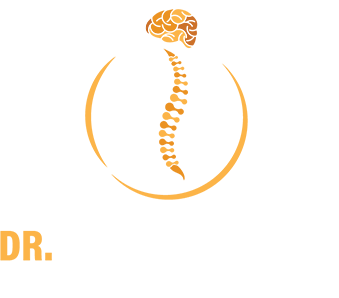Table Of Contents
- What Is Spinal Stenosis?
- What Causes Spinal Stenosis?
- What Are The Symptoms Of Spinal Stenosis?
- How Is Spinal Stenosis Diagnosed?
- How Is Spinal Stenosis Treated?
What is Spinal Stenosis?
Spinal stenosis is the narrowing of the gaps in the spine, which puts pressure on the nerves that run through it. The lower back and neck are the most common sites for spinal stenosis.
Some persons with spinal stenosis don’t show any signs or symptoms. Pain, tingling, numbness, and muscle weakness may be experienced by others. Symptoms can become more severe over time.
What Causes Spinal Stenosis?
Some individuals are born with a narrow spinal canal. However, the majority of spinal stenosis develops when something narrows the free area within the spine. Spinal stenosis can be caused by a variety of factors, including:
- Bone enlargement: Wear and tear on the spinal bones from osteoarthritis can create bone spurs, which can grow into the spinal canal. Paget’s disease, a bone disease that primarily affects adults, can also result in bone overgrowth in the spine.
- Disc herniation: With time, the delicate cushions that serve as shock absorbers between the vertebrae dry out. Some of the soft interior material of a disk may escape and push on the spinal cord or nerves due to cracks in the disk’s outer.
- Thickened ligaments: Over time, the tough ligaments that hold bones of the spine together can grow rigid and stiffened. These enlarged ligaments have the potential to protrude into the spinal canal.
- Tumors: Inside the spinal cord, within the membranes that surround the spinal cord, or in the space between the spinal cord and vertebrae, abnormal growths can occur. These are infrequent and can be seen on MRI or CT scans of the spine.
- Spine injuries: Dislocations or fractures of one or more vertebrae can occur due to car accidents or other trauma. The contents of the spinal canal may be damaged by displaced bone following a spinal fracture. Swelling of the surrounding tissue following back surgery can also strain the spinal cord and nerves.
What are the Symptoms of Spinal Stenosis?
Symptoms of cervical spinal stenosis
- Hand, arm, foot, or leg numbness, tingling or weakness
- Bowel or bladder dysfunction (urinary urgency and incontinence)
- Problems with balance and walking
- Neck ache
Symptoms of lumbar spinal stenosis
- Tingling or numbness in the foot or leg
- Weakness in a foot or leg
- Pain or cramping in one or both legs upon standing for long periods, which usually subsides when you bend forward or sit.
- Backache
How is Spinal Stenosis Diagnosed?
Imaging investigations may involve the following:
- X-rays: X-rays emit a limited amount of radiation and can reveal changes in bone structure, such as disk height reduction and the formation of bone spurs that narrow the spine’s space.
- Magnetic resonance imaging (MRI) creates cross-sectional images of the spine using radio waves and a strong magnet. MRI pictures show the nerves, discs, spinal cord, and the existence of any malignancies in great detail.
- A computed tomography (CT) scan, also known as a CT myelogram, is a series of X-rays that provide cross-sectional images of the spine. A contrast dye is used in a CT myelogram to help see things more clearly.
How is Spinal Stenosis Treated?
Treatment for spinal stenosis is determined by the severity of your symptoms and the location of the stenosis. It includes:
Medications
- Pain relievers
- Opioids
- Antidepressants
- Anti-seizure drugs
Decompression procedure
To enhance spinal canal space and alleviate nerve root impingement, needle-like devices are used to remove a part of a thicker ligament in the rear of the spinal column. This decompression is only for people with lumbar spinal stenosis and a thicker ligament.
Surgery
Surgery may be considered if alternative therapies have failed or your symptoms have rendered you handicapped. The operation aims to relieve strain on your spinal cord or nerve roots by creating more room within the spinal canal. The most definitive technique to try to alleviate symptoms of spinal stenosis is surgery to decompress the area of stenosis.




